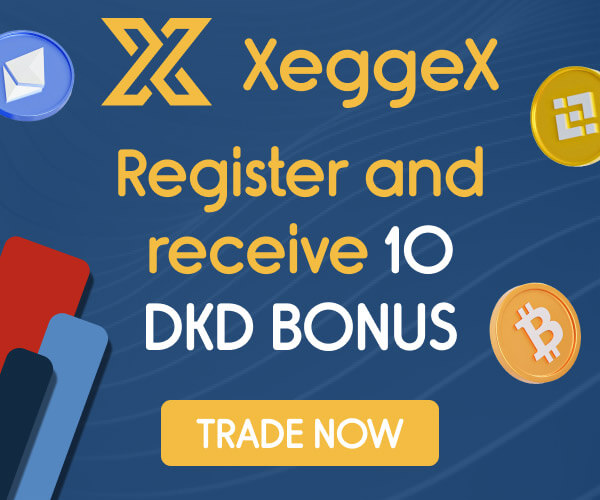The founder of Gnosis Safe, Martin Koppelmann, took to Twitter to debate the importance of reviewing the state of censorship on the Ethereum blockchain. Koppelmann stated, “there is no wide agreement that this needs to be fixed.” However, several responses debated Koppelmann’s thesis, commenting, “the amount of blocks processes by OFAC censored is misleading.”
The number of blocks that will not include transactions to Tornado is one thing. What troubles me more is that there is no wide agreement that this needs to be fixed. pic.twitter.com/BfcqlxNKQ2
— Martin Köppelmann 🇺🇦 (@koeppelmann) October 28, 2022
The impact of OFAC compliance
Former member of the Ethereum Foundation, Hudson Jameson, contended that 65% of Ethereum blocks being OFAC compliant had “hear 0 impact” currently but agreed that it needed to be fixed. Jameson claimed that FlashBots and Suave are working on a solution to its MEV-boost relays censoring blocks to be OFAC compliant.
Jameson quoted T. M. Basile Genève, co-host of the Network Age Podcast, who posted a thread on October 17 stating that Ethereum censorship is “95% FUD, 5% todo list.” The thread assumed that the fear of around 65% of Ethereum nodes being OFAC compliant was related to a possible 51% attack.
Unlikely fear of 51% attacks
A 51% attack on the Ethereum network would require a bad actor to “consistently not build on others’ valid blocks, presumably in order to censor the contents of those blocks.” Such an attack is not likely, according to Genève. “NOTHING LIKE THAT IS HAPPENING.”
5; In current Eth, however, **NOTHING LIKE THAT IS HAPPENING**.
Instead, validators are excluding some transactions when *creating their own blocks*, but building on prior valid blocks as normal.
— T. M. Basile Genève 🌺 🦇🔊~timluc-miptev (@basileSportif) October 17, 2022
However, a 51% attack is not the primary driver for many criticisms of the current state of the Ethereum network.
Censorship solutions in the…
Click Here to Read the Full Original Article at Ethereum (ETH) News | CryptoSlate…
























